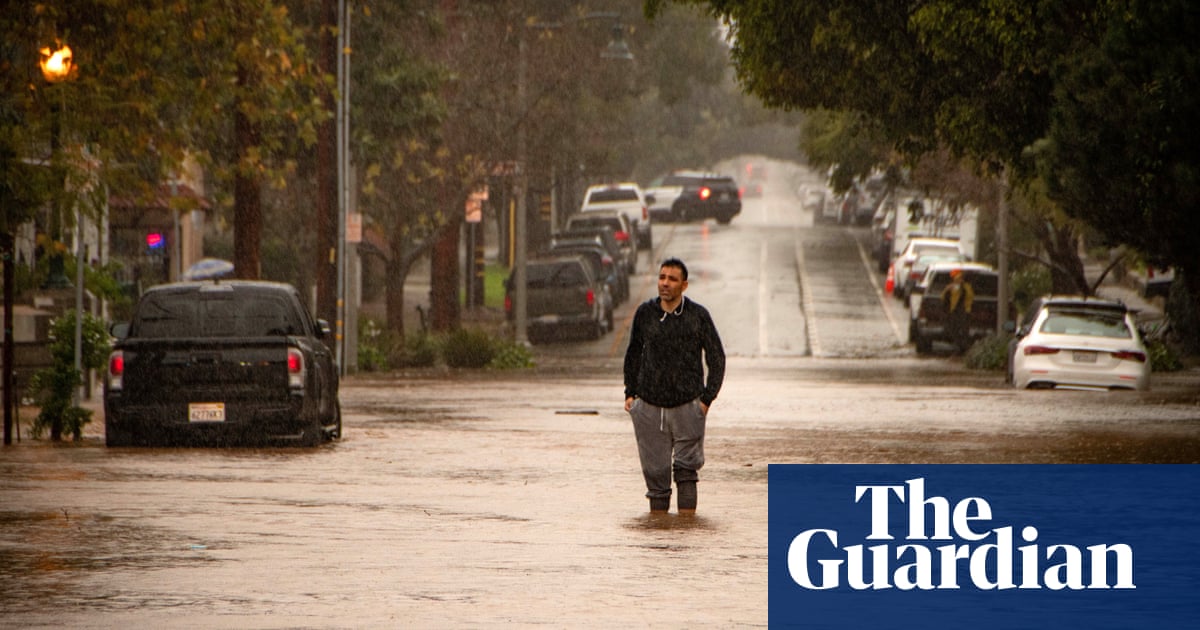
AMOC is going to collapse, perhaps as soon as this year. If that happens, we will likely have to reduce our understanding of earths weather patterns to “Rain is (often) wet when it falls”.
British scientists disagree and say that the outcome had been “forced” and unrealistic
Prof Jonathan Bamber, director of the Bristol Glaciology Centre at Bristol University, said: “They did this by imposing a huge freshwater forcing to the North Atlantic that is entirely unrealistic for even the most extreme warming scenario over the next century.
https://lemmy.world/post/11827066
I can’t say whether AMOC will collapse this year, but we can expect La Nina to come in August. We’ll see what happens in the next hurricane season
This is the best summary I could come up with:
The work is greatly expanding the accuracy of weather predictions, giving water managers more time to plan and communities earlier warnings to prepare, long before overhead clouds darken, but there’s far more to learn about these systems, especially as the dangers from them grow.
Sonnewald, an oceanographer who uses computer science to gain insights about the climate and long-range weather forecasts, added that recent advances in the satellite age helped paint a picture of how the ocean and the atmosphere interact.
That’s why a team of scientists led by Martin Ralph, the founding director of the center for western weather and water extremes at the Scripps Institution of Oceanography, began taking measurements directly from inside the storm systems themselves.
Since 2016, the atmospheric river reconnaissance program (AR recon) has relied on US air force “hurricane hunter” planes that drop a small cluster of instruments, known as dropsondes, that can transmit findings as they fall through the clouds and into the ocean below.
Air temperature, pressure, water vapor and wind speed are all collected by the dropsondes, like an “MRI for an atmospheric river”, according to Ralph, enabling researchers to see inside the system rather than having to rely on satellite imagery.
During a series of strong atmospheric river storms that hit California in 2023, the dropsondes helped advance some forecasts of heavy precipitation by roughly 12%, an achievement researchers believe would have taken eight additional years using traditional data-gathering methods.
The original article contains 1,266 words, the summary contains 240 words. Saved 81%. I’m a bot and I’m open source!



